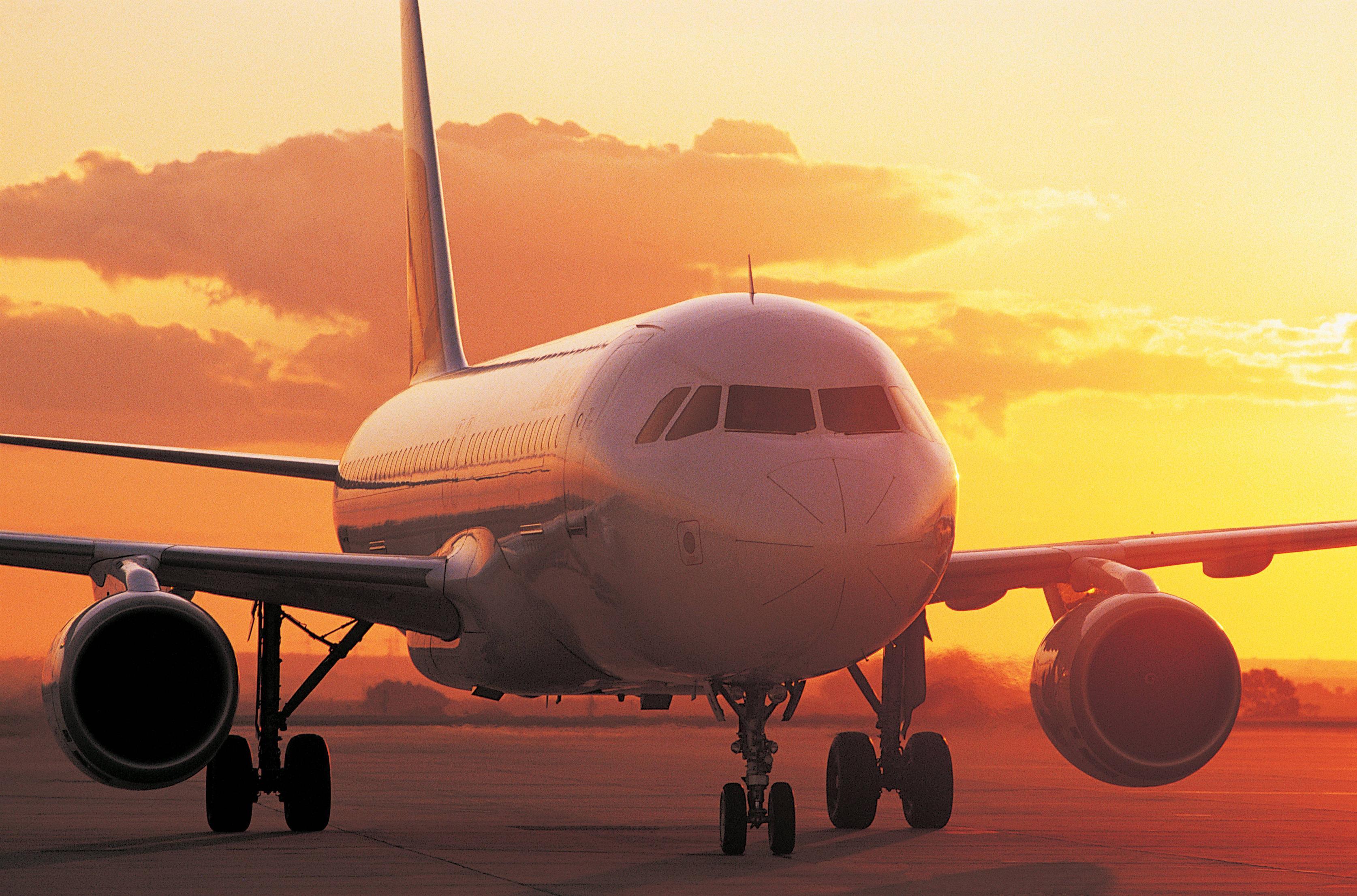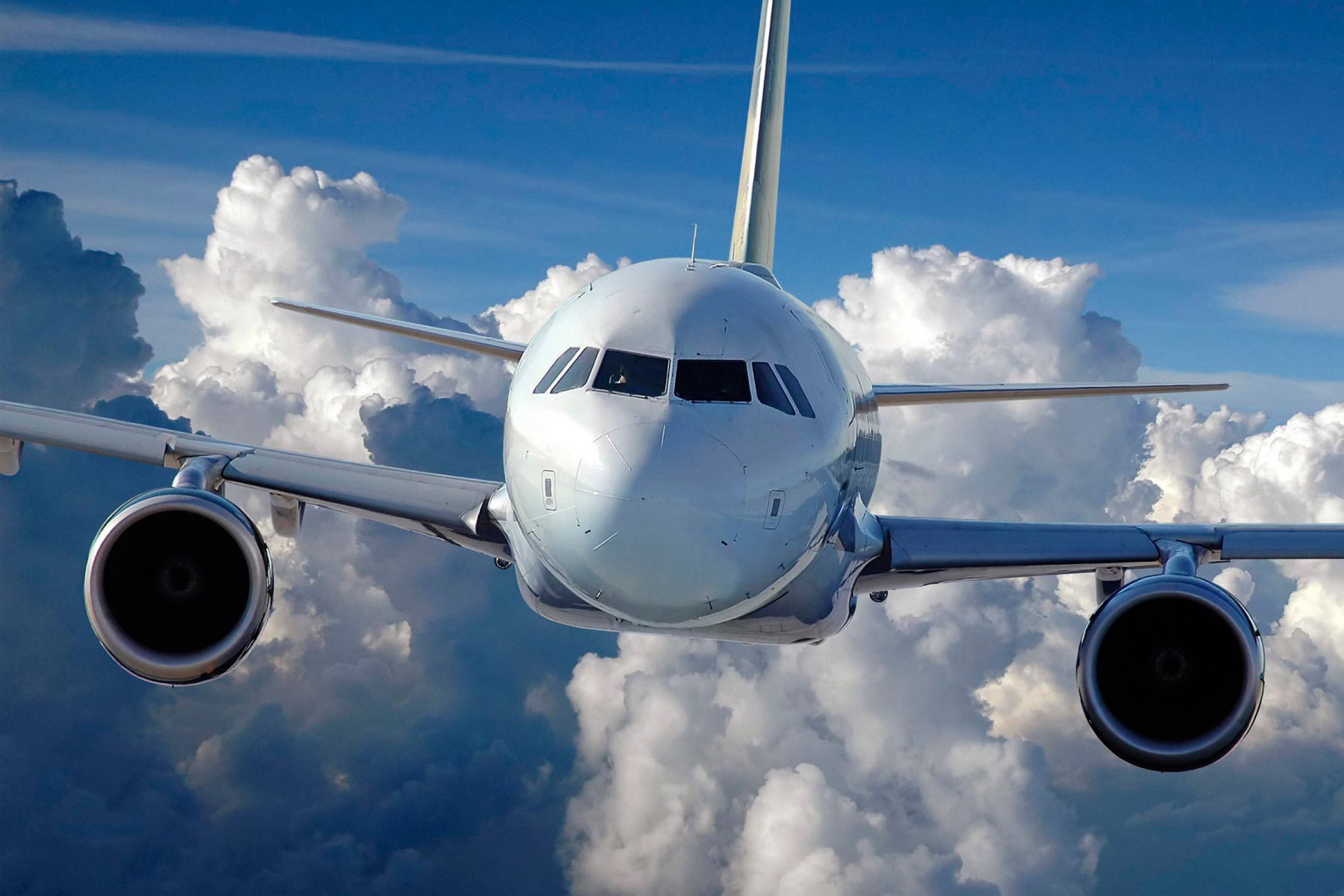Understanding Aviation Incidents: What A Plane Crash In Covington, Georgia Might Mean For Public Interest
When news breaks, or even when a search query pops up like "plane crash in covington georgia," it's almost natural for our minds to immediately picture a dramatic scene. There's a certain weight to those words, isn't there? People instantly think about the safety of air travel, the folks on board, and what could have possibly happened. It's a topic that, you know, really grabs our attention, sparking a mix of concern and curiosity about how such events unfold and what they mean for everyone involved.
Aviation incidents, whether real or imagined, tend to hold a powerful grip on our collective imagination. We often find ourselves wondering about the people affected, the bravery of pilots, and the incredible engineering that keeps these massive machines in the sky. So, when you hear something about a "plane crash in covington georgia," it's completely understandable to want to get the full story, to understand the facts, and to make sense of a situation that feels so impactful.
Now, it's worth noting, as a matter of fact, that the information we have at hand, the text provided for this discussion, doesn't detail a specific plane crash event in Covington, Georgia. Instead, it talks about the widely seen 2023 action thriller movie, "Plane," starring Gerard Butler, and it also touches on the basic components of how an airplane actually works. It even mentions a different real-world incident involving a medical transport plane in Arizona. So, while we're talking about the search for "plane crash in covington georgia," we'll explore the broader context of aviation, what keeps planes flying, and how these powerful machines are often portrayed in popular culture, which, you know, can really shape our perceptions.
Table of Contents
- The Public's Interest in Aviation Events
- The Mechanics of Flight: What Keeps Planes Soaring?
- Aviation in Popular Culture: The Movie "Plane"
- Real-World Aviation Safety and Incidents
- Staying Informed About Aviation News
The Public's Interest in Aviation Events
People are just naturally curious about air travel, and any mention of an incident, like a "plane crash in covington georgia," tends to spark immediate interest. This isn't just about sensationalism; it's often rooted in a desire to understand what happened, to feel safe when flying, and to perhaps even learn from unfortunate events. It's a big part of why news about aviation incidents, whether they're major or minor, often spreads pretty quickly, too it's almost like everyone wants to know the details.
This widespread interest also stems from the sheer scale and complexity of modern airliners. They are incredible feats of engineering, and when something goes wrong, it feels like a big deal because of the many lives involved and the advanced technology at play. So, you know, when a search for "plane crash in covington georgia" happens, it reflects a deeper human need to grasp events that feel beyond our everyday control.
The Mechanics of Flight: What Keeps Planes Soaring?
To truly appreciate the resilience of aircraft, and why incidents are, for the most part, quite rare, it helps to understand the fundamental principles that keep these amazing machines in the sky. Basically, an airplane is a carefully designed system, and it relies on several key parts working together. It's really quite fascinating how it all comes together, isn't it?
Wings and Lift
The wings are, arguably, the most important part for keeping a plane airborne. They're specially shaped to generate what's called "lift," which is the force that pushes the plane up against gravity. To generate this lift, the plane has to move through the air, and that movement creates a difference in air pressure above and below the wing, effectively pulling the aircraft upwards. Modern airliners, you know, often have these little upturned tips on their wings called winglets, and those are there to reduce drag, making the flight more efficient.
Thrust and Drag
For the wings to do their job and create lift, the airplane needs to be pushed through the air. This push comes from the power plant, which provides "thrust." Think of it as the engine's job to propel the plane forward. As the plane moves, the air naturally resists its motion; this resistance is known as "aerodynamic drag." So, the engines have to generate enough thrust to overcome this drag and keep the plane moving at the right speed. It's a constant balance, in a way, between these forces.
Control and Stability
Beyond just staying in the air, a plane needs to be stable and controllable. This is where the tail surfaces come in; they help stabilize the wings, keeping the aircraft level and pointed in the right direction. There are also movable surfaces on the wings and tail, like ailerons and rudders, which allow the pilot to control the plane's attitude—how it's tilted, pitched, or turned—while it's flying. It's a very precise dance, actually, of forces and controls.
Aviation in Popular Culture: The Movie "Plane"
When people search for terms like "plane crash in covington georgia," their understanding of such events might also be shaped by how aviation incidents are shown in movies and television. For instance, the 2023 action thriller "Plane" is a pretty good example of this. It was released in the United States on January 13, 2023, by Lionsgate, and it definitely caught people's attention.
The film, starring Gerard Butler, Mike Colter, and Tony Goldwyn, received generally favorable reviews from critics and did quite well at the box office, grossing $74.5 million worldwide on a $25 million budget. The plot, as you might recall, follows a pilot who finds himself caught in a war zone after he's forced to land his commercial aircraft during a terrible storm. This kind of story, you know, highlights the intense challenges pilots can face and the dramatic situations that can arise in the air.
You can discover reviews, ratings, and trailers for "Plane" on Rotten Tomatoes, which, you know, is a good place to stay updated with critic and audience scores today. Movies like this, while fictional, really play into the public's fascination with aviation and the potential dangers involved, even if they're often exaggerated for dramatic effect. It's just a different way we interact with the idea of planes and their potential for peril.
Real-World Aviation Safety and Incidents
While the movie "Plane" offers a thrilling fictional scenario, real-world aviation is, in fact, incredibly safe, thanks to rigorous regulations, advanced technology, and highly trained professionals. However, incidents do, unfortunately, happen. For example, the text provided mentions a tragic event where four people were killed when a medical transport plane crashed on Navajo Nation land in Arizona. This was a very real and sad event, and it reminds us that even with all the safety measures, flying carries some inherent risks.
It's important to differentiate between these real-life occurrences, which are thoroughly investigated by authorities to understand causes and prevent future incidents, and the dramatic portrayals we see in movies. When we hear about a "plane crash in covington georgia," it's natural to seek out factual, verified information from reliable sources. The world’s most popular flight tracker, for instance, provides real-time data on flights, which helps people stay informed about actual air traffic.
Staying Informed About Aviation News
For anyone interested in aviation safety or seeking verified information about specific events, it's always best to rely on official news outlets and aviation authorities. These sources provide accurate, up-to-date details without the dramatization often found in entertainment. If you're looking for information on aviation safety, you might find valuable resources on sites dedicated to flight safety and accident investigation, like the National Transportation Safety Board (NTSB), which is a pretty good place to start.
Understanding the basics of how planes work, from their wings that generate lift to the engines that provide thrust, can also help us appreciate the incredible engineering behind every flight. Learn more about aviation history on our site, and you can also link to this page for flight safety tips to gain a broader perspective on air travel. It's pretty amazing how far we've come, isn't it?
Frequently Asked Questions About Aviation Incidents
Here are some common questions people often have about plane incidents:
1. How safe is air travel, really?
Generally speaking, air travel is considered one of the safest forms of transportation. There are extensive regulations, constant maintenance checks, and rigorous pilot training programs designed to ensure safety. While incidents do occur, they are remarkably rare when compared to the sheer number of flights happening every day, which is, you know, a very comforting thought.
2. What typically happens after a plane crash?
When a plane crash occurs, authorities like the National Transportation Safety Board (NTSB) in the United States immediately begin a thorough investigation. Their goal is to determine the cause of the accident, which can involve examining wreckage, flight recorders, and witness accounts. The findings from these investigations are then used to implement new safety measures to prevent similar incidents in the future, which, honestly, is quite a detailed process.
3. How do pilots prepare for emergencies like bad weather?
Pilots undergo extensive training to handle a wide range of emergencies, including severe weather. They are taught to assess conditions, make critical decisions, and execute emergency procedures. Modern aircraft also have advanced weather radar and navigation systems to help pilots avoid dangerous storms, and they often communicate with air traffic control to get real-time updates. It's a very comprehensive approach, you know, to ensuring safety.

Why Is "Airplane" Also Spelled “Aeroplane"? | Reader's Digest

Wallpapers Of Aeroplanes - Wallpaper Cave

Plane Wallpapers Images Photos Pictures Backgrounds